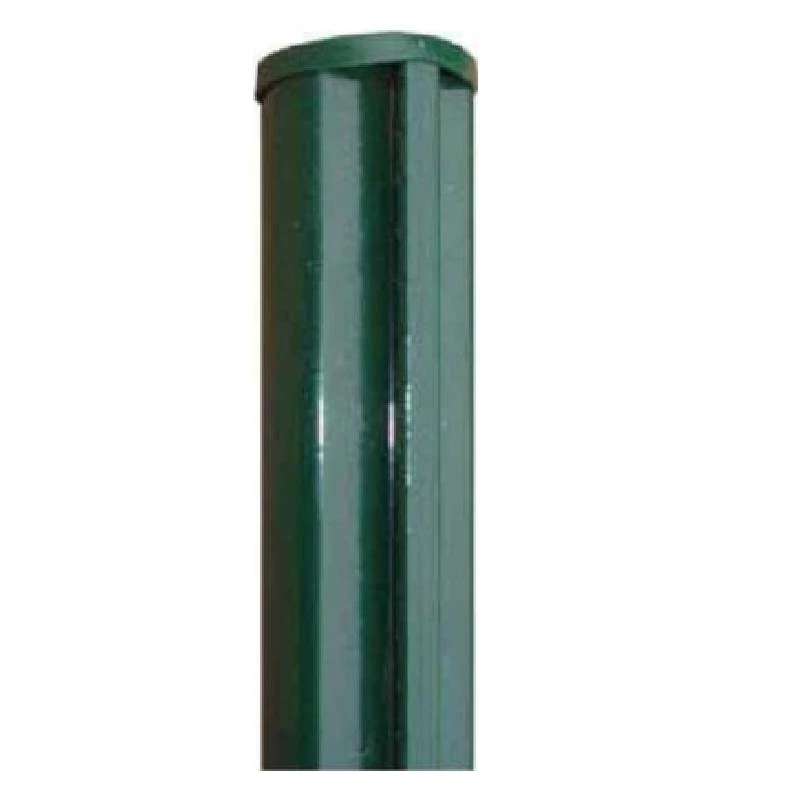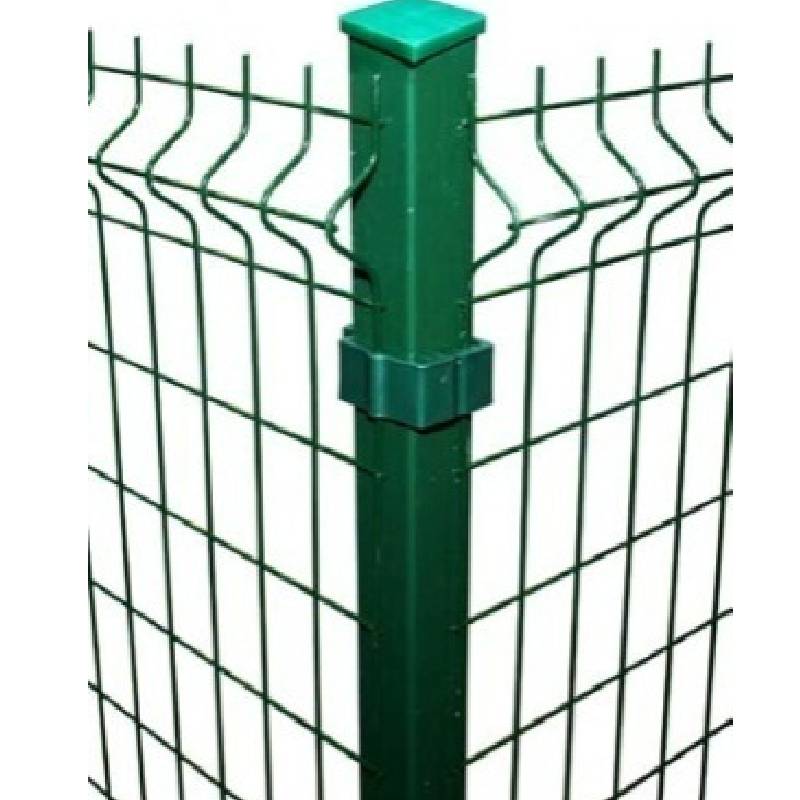-
Ríomhphost:zhao@hyliec.cn
-
Teil:+86 311 85273988
-
WhatsAPP:8613931128750
-
 Afracach
Afracach -
 Albanach
Albanach -
 Amáireach
Amáireach -
 Araibis
Araibis -
 Airméinis
Airméinis -
 Asarbaiseáinis
Asarbaiseáinis -
 Bascais
Bascais -
 Bealarúisis
Bealarúisis -
 Beangáilis
Beangáilis -
 Boisnis
Boisnis -
 Bulgáiris
Bulgáiris -
 Catalóinis
Catalóinis -
 Cebuano
Cebuano -
 Corsaicis
Corsaicis -
 Cróitis
Cróitis -
 Seiceach
Seiceach -
 Danmhairgis
Danmhairgis -
 Ollainnis
Ollainnis -
 Béarla
Béarla -
 Esperanto
Esperanto -
 Eastóinis
Eastóinis -
 Fionlainnis
Fionlainnis -
 Fraincis
Fraincis -
 Freaslainnis
Freaslainnis -
 Gailísis
Gailísis -
 Seoirseach
Seoirseach -
 Gearmáinis
Gearmáinis -
 Gréigis
Gréigis -
 Gúisearáitis
Gúisearáitis -
 Criól Haiti
Criól Haiti -
 háis
háis -
 Haváíais
Haváíais -
 Eabhrais
Eabhrais -
 Ní hea
Ní hea -
 Miao
Miao -
 Ungáiris
Ungáiris -
 Íoslainnis
Íoslainnis -
 igbo
igbo -
 Indinéisis
Indinéisis -
 Gaeilge
Gaeilge -
 Iodálach
Iodálach -
 Seapánach
Seapánach -
 Iávais
Iávais -
 Cannadais
Cannadais -
 casaicis
casaicis -
 Ciméiris
Ciméiris -
 Ruanda
Ruanda -
 Cóiréis
Cóiréis -
 Coirdis
Coirdis -
 Chirgeastáin
Chirgeastáin -
 TB
TB -
 Laidin
Laidin -
 Laitvis
Laitvis -
 Liotuáinis
Liotuáinis -
 Lucsamburgach
Lucsamburgach -
 Macadóinis
Macadóinis -
 Malgashi
Malgashi -
 Malaeis
Malaeis -
 Mailéalaimis
Mailéalaimis -
 Máltais
Máltais -
 Maorais
Maorais -
 Marathi
Marathi -
 Mongóilis
Mongóilis -
 Maenmar
Maenmar -
 Neipealais
Neipealais -
 Ioruais
Ioruais -
 Ioruais
Ioruais -
 Occitan
Occitan -
 Paistis
Paistis -
 Peirsis
Peirsis -
 Polainnis
Polainnis -
 Portaingéilis
Portaingéilis -
 Puinseáibis
Puinseáibis -
 Rómáinis
Rómáinis -
 Rúisis
Rúisis -
 Samóis
Samóis -
 Gaeilge na hAlban
Gaeilge na hAlban -
 Seirbis
Seirbis -
 Béarla
Béarla -
 Shona
Shona -
 Sindhi
Sindhi -
 Siolóinis
Siolóinis -
 Slóvaicis
Slóvaicis -
 Slóivéinis
Slóivéinis -
 Somáilis
Somáilis -
 Spainnis
Spainnis -
 Sundais
Sundais -
 Svahaílis
Svahaílis -
 Sualainnis
Sualainnis -
 Tagálaigis
Tagálaigis -
 Táidsíc
Táidsíc -
 Tamailis
Tamailis -
 Tatairis
Tatairis -
 Teileagúis
Teileagúis -
 Téalainnis
Téalainnis -
 Tuircis
Tuircis -
 Tuircméinis
Tuircméinis -
 Úcráinis
Úcráinis -
 Urdais
Urdais -
 Uighur
Uighur -
 Úisbéicis
Úisbéicis -
 Vítneaimis
Vítneaimis -
 Breatnais
Breatnais -
 Cabhrú
Cabhrú -
 Giúdais
Giúdais -
 Iarúibis
Iarúibis -
 Súlúis
Súlúis
Post Fálú
What Type Of Fence Post Is Best?
The best type of fence post depends on various factors such as the type of fence, local climate, soil conditions, and personal preferences. Common options for fence posts include:
1. Round steel posts: Round steel posts are a traditional and versatile choice, suitable for various fence types. They can be treated to resist rot and decay, but may require maintenance over time.
2. Square steel posts and rabbet posts offer durability and strength, making them suitable for supporting heavy or high-security fences. They are resistant to rot and insect damage.
3. Steel round posts/ square posts/ rabbet with base plate: They are suitable to install on the concrete ground, and fixed by concrete nails.
What Size Is A Fence Post?
Fence posts come in various sizes, typically having Φ32 Φ34 Φ38 Φ48 Φ60 Φ80 for round steel posts and 40x40 60x60 40x60 60x60 80x80 100x100 etc for square tube posts in dimension. The specific size of a fence post depends on the type of fence being installed, the height and weight of the fence panels, and the local building codes or regulations. It's important to select the appropriate size of fence post to ensure stability and structural integrity for the specific fencing project. Consulting with a professional or referring to local building codes can provide guidance on the recommended size of fence posts for a particular application.
Fence Post FAQ:
What type of fence post is best?
The best type of fence post depends on various factors such as the type of fence, local climate, soil conditions, and personal preferences. Common options for fence posts include round steel posts, square steel posts and rabbet steel posts, posts with base plate or without base plate. Each type has its own advantages and considerations, so it's important to choose the most suitable option based on the specific requirements of the fence project.
What size is a fence post?
Fence posts come in various sizes, typically typically having Φ32 Φ34 Φ38 Φ48 Φ60 Φ80 for round steel posts and 40x40 60x60 40x60 60x60 80x80 100x100 etc for square tube posts in dimension. The specific size of a fence post depends on the type of fence being installed, the height and weight of the fence panels, and local building codes or regulations. It's important to select the appropriate size of fence post to ensure stability and structural integrity for the specific fencing project.
How to install a panel fence?
Paneling a fence involves several steps, including measuring and planning, installing the posts, attaching the panels, adding finishing touches, and performing regular maintenance. It's important to follow the manufacturer's instructions and local building codes when paneling a fence to ensure proper installation and compliance with regulations. If in doubt, it's advisable to consult with a professional or seek guidance from experienced individuals.






